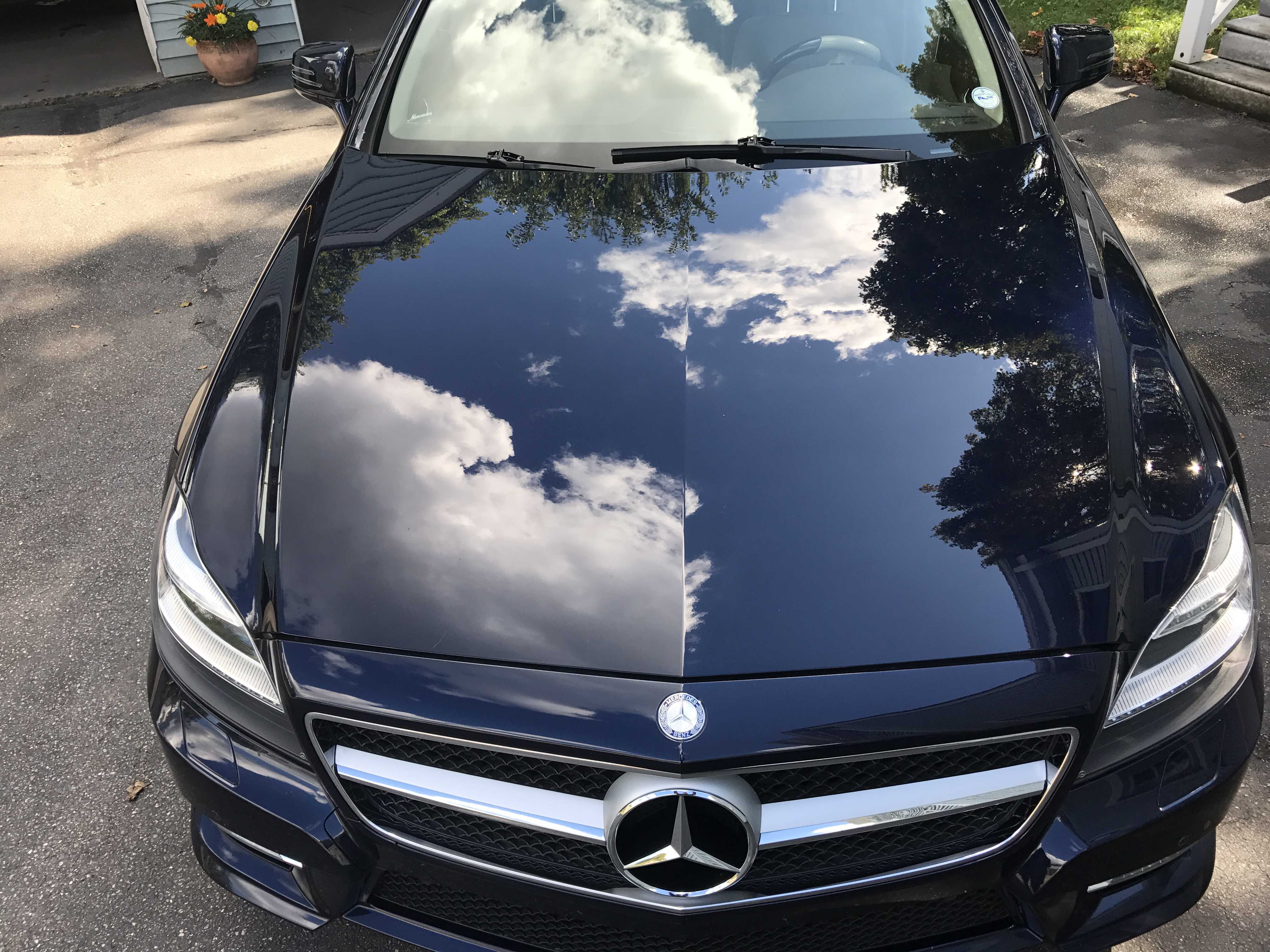Ceramic Layer 101: Whatever You Need to Know for Superior Vehicle Treatment
As car proprietors significantly look for advanced options for exterior defense, ceramic layers have actually emerged as a popular option in vehicle treatment. Browsing the details of ceramic layer-- ranging from its application to maintenance-- can be daunting for many.
What Is Ceramic Layer?
Ceramic coating is a cutting edge protective layer applied to the external surface areas of automobiles, made to enhance longevity and aesthetic appeal. This advanced innovation includes a liquid polymer that chemically bonds with the manufacturing facility paint, forming a robust shield versus ecological impurities. Unlike standard waxes or sealants, ceramic finishes offer a resilient protection, commonly exceeding numerous years with correct maintenance.
The main part of ceramic coatings is silicon dioxide (SiO2), originated from quartz, which provides remarkable hydrophobic residential properties. This means that water grains off the surface area, minimizing the chance of water areas and discolorations. Furthermore, ceramic coverings enhance the paint's gloss and deepness, offering lorries a showroom-like finish.
Application of ceramic finishing usually calls for precise preparation of the vehicle's surface area, including detailed cleansing and paint adjustment to remove blemishes. As soon as used, the covering treatments to create a tough, protective layer that is immune to UV rays, chemicals, and physical abrasion. This cutting-edge solution not just preserves the car's outside yet likewise simplifies upkeep, making it a significantly prominent option among automobile enthusiasts and everyday motorists alike.
Advantages of Ceramic Covering
The advantages of ceramic coating expand past plain appearances, offering automobile owners a useful remedy for long-term automobile care. This innovative safety layer forms a chemical bond with the automobile's paint, producing a long lasting shield against ecological pollutants such as dust, crud, bird droppings, and tree sap. Therefore, cars keep a cleaner look with less constant washing, inevitably saving effort and time.
Additionally, ceramic coverings give enhanced UV protection, stopping paint oxidation and fading, which can bring about costly repainting. The hydrophobic residential properties of the finish fend off water, making sure that rainfall and moisture grain off the surface, minimizing the danger of water places and corrosion.

The Application Process
Using a ceramic finishing commonly entails several key actions to guarantee ideal attachment and effectiveness. First, it is vital to extensively wash and sanitize the automobile's surface. This action removes dust, gunk, and any type of previous wax or sealant, enabling the ceramic finish to bond straight with the paint
Next, the surface area must be polished to remove any type of swirl marks or flaws. A smooth surface area is vital for attaining the desired gloss and durability. Following the polishing, the automobile has to be cleaned down with an isopropyl alcohol option to ensure it is completely tidy and free from oils.
When the surface is prepared, the ceramic layer can be used. This is commonly done using a foam applicator, using the finish in small sections to make sure even distribution and coverage. It is crucial to follow the supplier's directions pertaining to application thickness and curing times.
After application, the coating requires a curing duration, during which it develops a solid bond with the paint. Depending on the product, this can pop over to these guys take numerous hours to days. Correct application and healing are essential for taking full advantage of the finish's performance and long life.
Maintenance Tips for Longevity
Regular maintenance is essential to ensure the durability and efficiency of a ceramic layer. To preserve the safety layer, it is critical to wash your lorry on a regular basis, preferably every two to 4 weeks, making use of a pH-neutral auto shampoo. This aids to remove dirt and impurities without breaking down the covering.
When washing, utilize Recommended Reading a two-bucket technique to decrease swirl marks and scratches. Usage microfiber clean mitts and towels to additional shield the surface. Prevent automatic automobile washes that usage unpleasant brushes, as they can endanger the coating's stability.
Along with regular washing, consider using a maintenance spray especially created for ceramic layers. This can enhance hydrophobic buildings and give an additional layer of protection versus environmental threats.
If needed, do an area touch-up with a ceramic coating booster to preserve its safety high qualities. By following these upkeep tips, you can extend the life of your ceramic finishing and maintain your vehicle looking excellent.
Usual Misunderstandings
Lots of vehicle owners hold misconceptions about ceramic finishes, often causing misconceptions concerning their upkeep and effectiveness. One common myth is that ceramic coverings give full protection versus all kinds of damages. While these layers considerably improve the car's resistance to UV rays, chemical spots, and small scrapes, they do not render the surface invulnerable to harm from harsh influences or deep scratches.
One more typical misconception is that ceramic layers eliminate webpage the need for regular upkeep. In truth, while they reduce the frequency of waxing and sprucing up, routine washing and treatment are still necessary to preserve their hydrophobic residential or commercial properties and overall appearance. Ignoring routine maintenance can jeopardize the coating's effectiveness over time.
In addition, some believe that ceramic finishes are an one-time application that will last indefinitely. Nonetheless, the long life of a ceramic finish can differ based on variables such as ecological conditions and the quality of the application. Routine examinations and possible reapplications are required to make sure ideal performance.
Comprehending these misunderstandings is critical for car proprietors to make informed decisions and effectively take care of their layered vehicles, ultimately making the most of the advantages of ceramic coatings.
Final Thought
